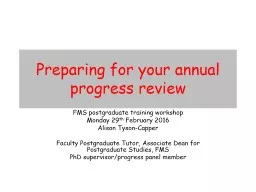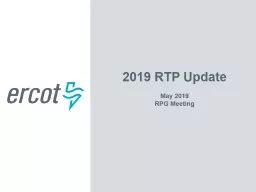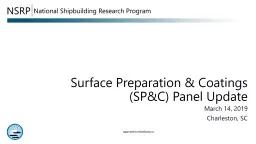PPT-INTERNATIONAL REVIEW PANEL REPORT FOR THE 2019
Author : criticanime | Published Date : 2020-08-06
INTERNATIONAL FISHERIES STOCK ASSESSMENT WORKSHOP NON TECHNICAL SUMMARY The Panel David Die U Miami USA André Punt UW USA Ralph Tiedemann U Potsdam Germany Robin
Presentation Embed Code
Download Presentation
Download Presentation The PPT/PDF document "INTERNATIONAL REVIEW PANEL REPORT FOR TH..." is the property of its rightful owner. Permission is granted to download and print the materials on this website for personal, non-commercial use only, and to display it on your personal computer provided you do not modify the materials and that you retain all copyright notices contained in the materials. By downloading content from our website, you accept the terms of this agreement.
INTERNATIONAL REVIEW PANEL REPORT FOR THE 2019: Transcript
Download Rules Of Document
"INTERNATIONAL REVIEW PANEL REPORT FOR THE 2019"The content belongs to its owner. You may download and print it for personal use, without modification, and keep all copyright notices. By downloading, you agree to these terms.
Related Documents














